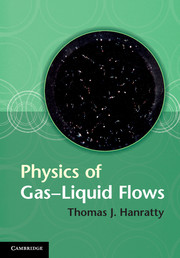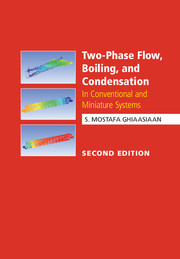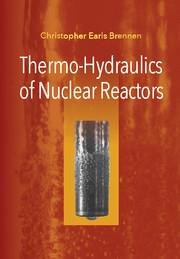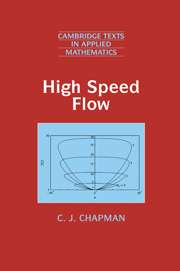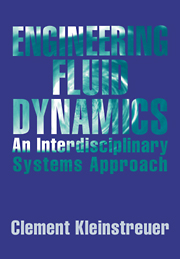Physics of Gas-Liquid Flows
Presenting tools for understanding the behaviour of gas-liquid flows based on the ways large scale behaviour relates to small scale interactions, this text is ideal for engineers seeking to enhance the safety and efficiency of natural gas pipelines, water-cooled nuclear reactors, absorbers, distillation columns and gas lift pumps. The review of advanced concepts in fluid mechanics enables both graduate students and practising engineers to tackle the scientific literature and engage in advanced research. It focuses on gas-liquid flow in pipes as a simple system with meaningful experimental data. This unified theory develops design equations for predicting drop size, frictional pressure losses and slug frequency, which can be used to determine flow regimes, the effects of pipe diameter, liquid viscosity and gas density. It describes the effect of wavy boundaries and temporal oscillations on turbulent flows, and explains transition between phases, which is key to understanding the behaviour of gas-liquid flows.
- Reviews key topics in fluid dynamics, including ideal flow theory, the Orr–Somerfeld equation, interfacial waves, drop size, particle behaviour in a turbulent field
- Develops design equations to predict drop size and particle behaviour in a turbulent field
- Considers natural gas pipelines as a test of the theory based mainly on studies of air-water flows in small diameter pipelines
Product details
No date availableAdobe eBook Reader
9781107497221
0 pages
0kg
145 b/w illus. 3 tables
This ISBN is for an eBook version which is distributed on our behalf by a third party.
Table of Contents
- 1. One-dimensional analysis
- 2. Flow regimes
- 3. Film flows
- 4. Inviscid waves
- 5. Stratified flows
- 6. Viscous waves
- 7. Long wavelength waves
- 8. Bubble dynamics
- 9. Slug flows
- 10. Particle turbulence
- 11. Vertical annular flow
- 12. Horizontal annular flow.

